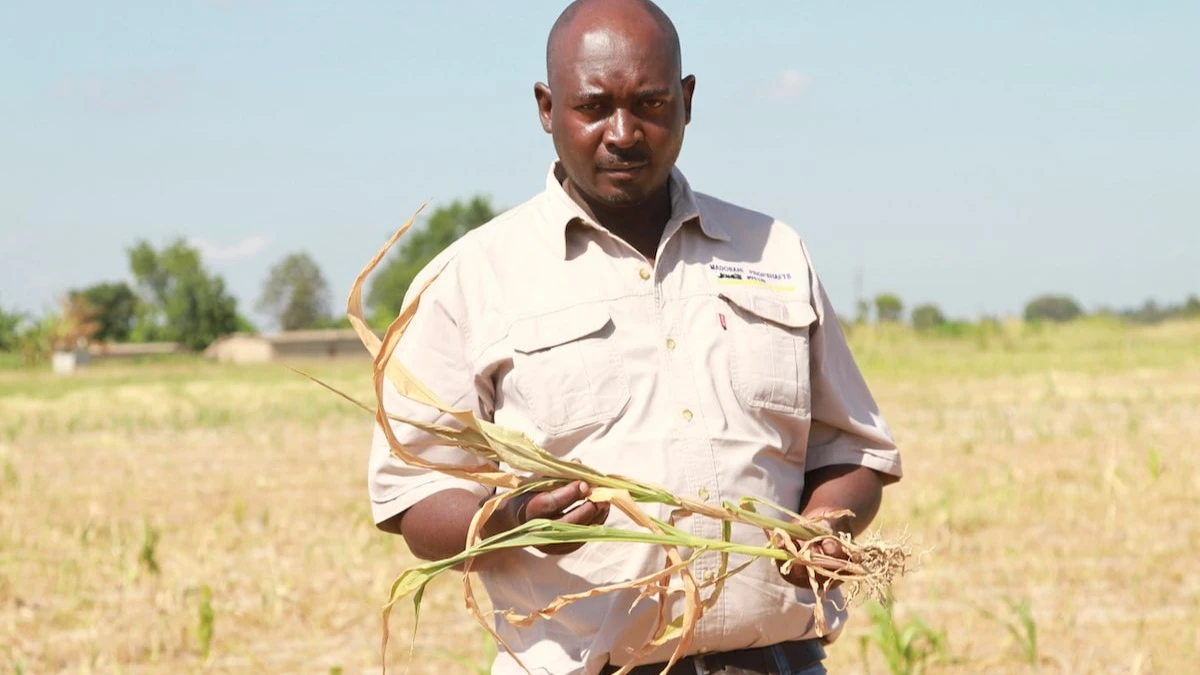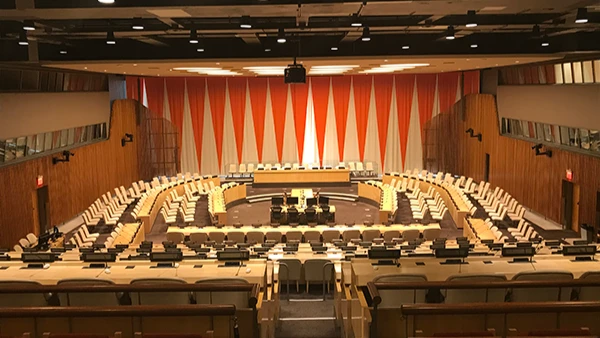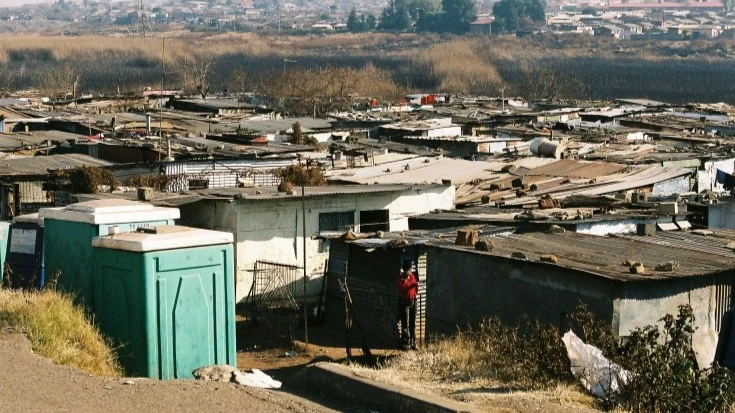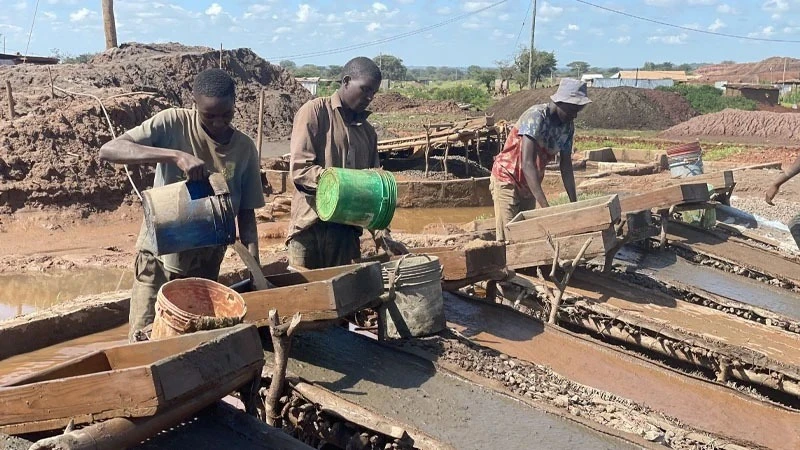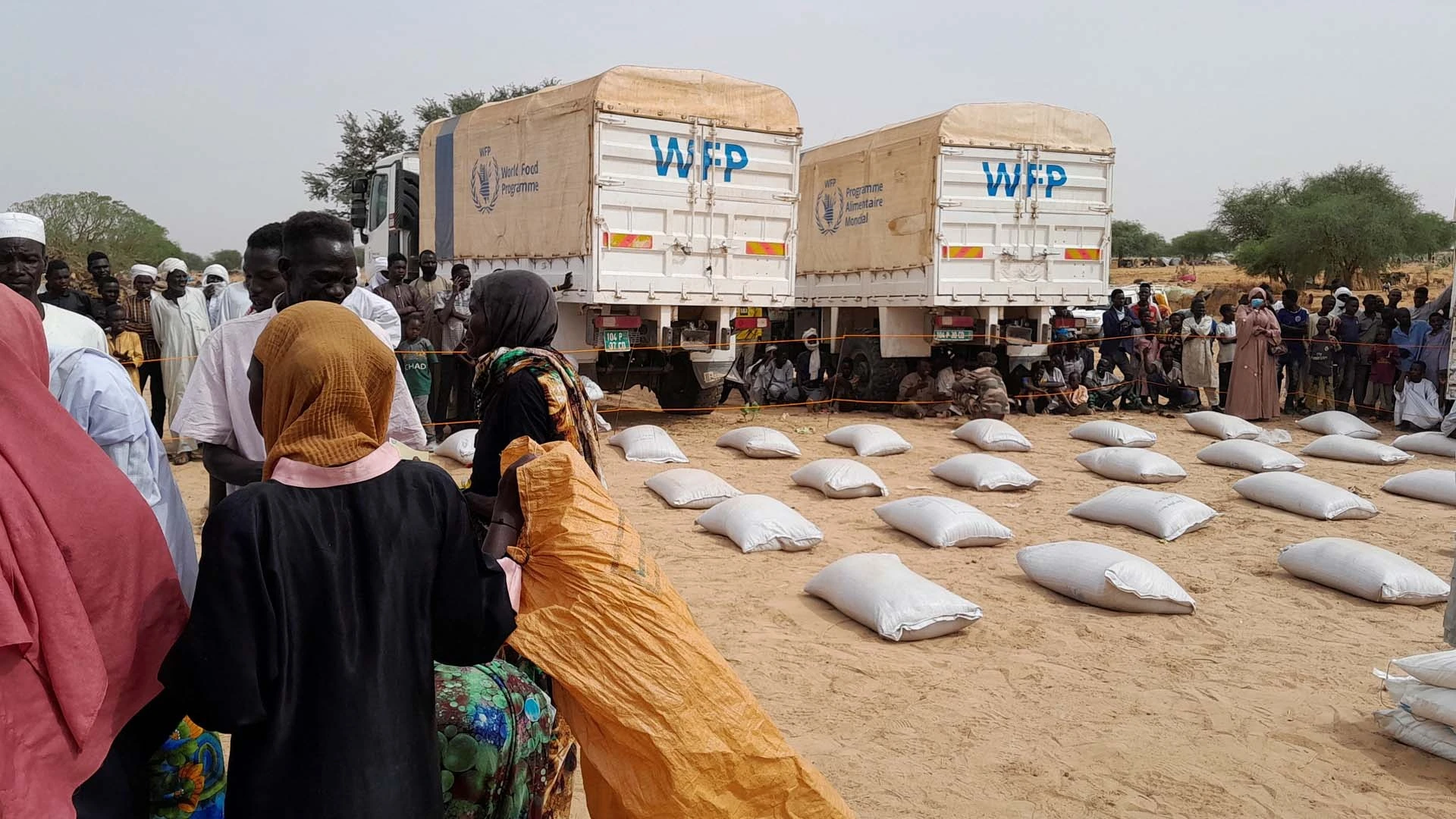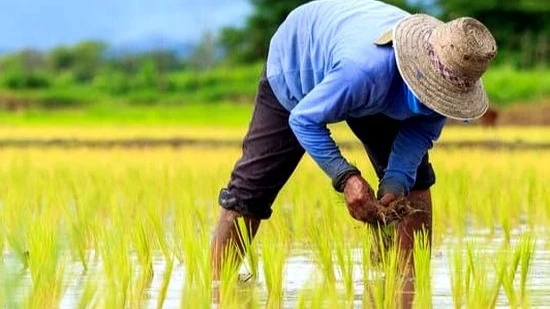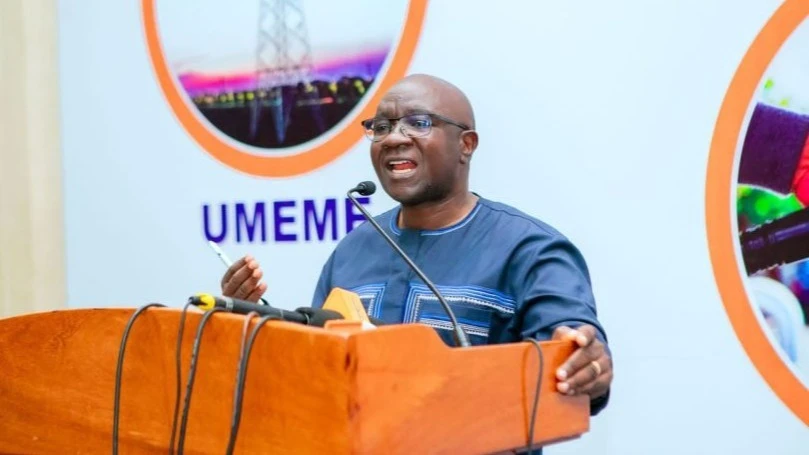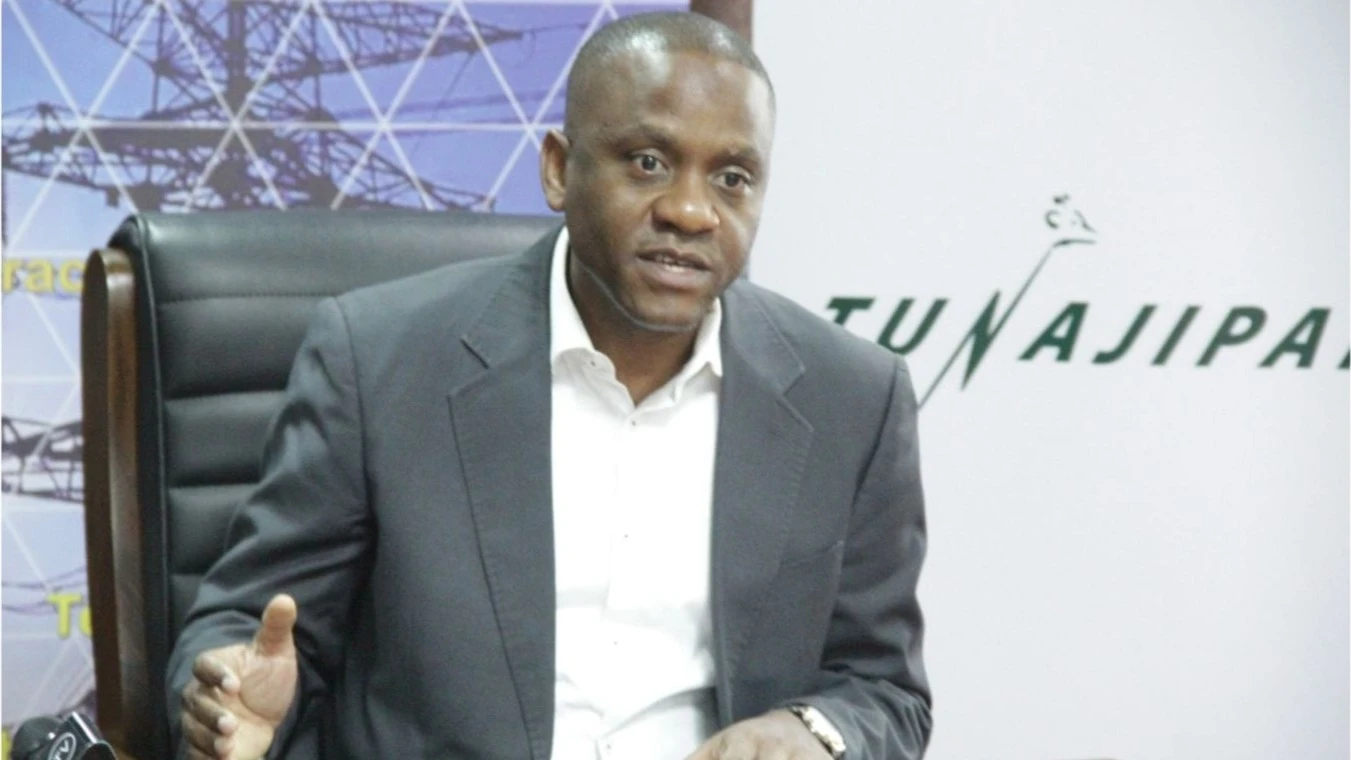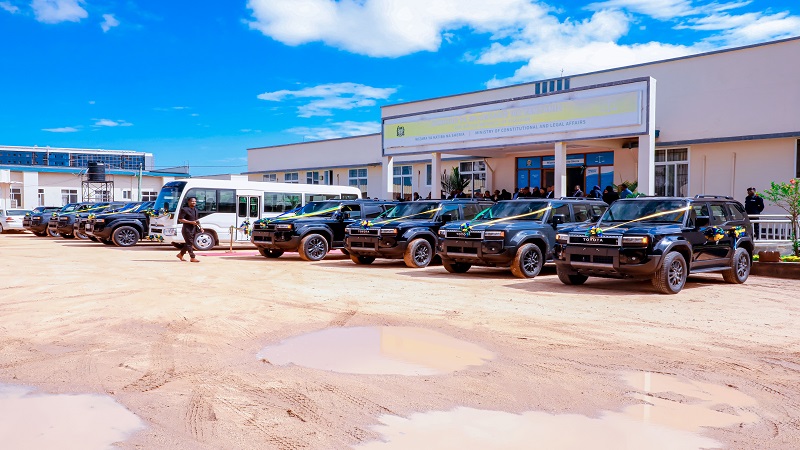Power crisis: Unkept promises, growing frustrations stalls development progress
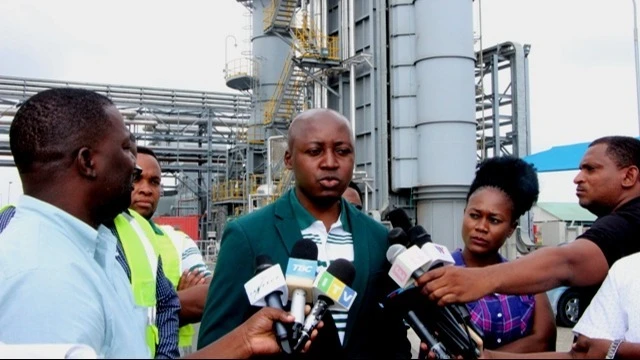
THE Tanzania Electric Supply Company Limited (TANESCO) is commemorating the Customer Service Week amid widespread public dissatisfaction regarding the quality of service, particularly among regular consumers.
Speaking on ITV’s ‘Kumekucha’ programme, TANESCO Director of Customer Service, Martin Mwambene, emphasized that the company strives daily to provide uninterrupted service to its clients. He highlighted that Tanzania has a power generation capacity of 2,800 megawatts, but only 1,700 megawatts are currently in use.
Mwambene was confronted with numerous questions from the audience, where he also claimed that Tanzania has the most affordable electricity rates in East and Central Africa. He announced the company’s ambitious plan to generate 5,000 megawatts by 2025, with an increased focus on solar energy projects in Shinyanga.
However, his assertions of stability were contradicted by persistent complaints from customers about frequent power outages, particularly in Shinyanga. Two weeks ago, the Shinyanga Press Club hosted a forum discussing the recurrent blackouts in the Region.
At the forum, Patrick Mabula, Vice Chairperson of the Shinyanga Press Club, underlined the need for a structured debate on the frequent outages to help resolve the issue for the economic benefit of Tanzanians
Reverend Meshack Kulwa of the Evangelical Lutheran Church in Tanzania advocated for private sector involvement in electricity distribution, suggesting the government break Tanesco's monopoly.
Another participant, Kulwa Maduhu, an advocate of clean energy, stressed that Tanzania must reduce its dependence on hydropower, particularly given the uncertainties posed by climate change. He warned that while the Julius Nyerere Hydropower Project is expected to generate 2,115 megawatts, the nation's reliance on water sources remains risky, especially as the precious liquid’s levels are highly vulnerable to environmental changes.
Elias Turnbull, Tanesco’s Acting Regional Manager for Shinyanga and Kishapu District Manager, echoed these concerns, stating that the increase in electricity demand across the country has far outpaced the supply. He explained that although the national demand stands at 1,485.8 megawatts, production barely reaches 1,000 megawatts.
If all available sources were optimized, Tanzania could generate up to 1,570 megawatts, but this still falls short of addressing the country's power needs. Shinyanga alone consumes 70 megawatts, with constant shortages causing disruptions even in critical government institutions like the police and the National Identification Authority (Nida).
In response to customer’s complaints, TANECO Public Relations Officer in Shinyanga, Sarah Libogoma, apologized for the frequent power interruptions, which she attributed to infrastructure damage caused by fluctuating water levels in the Ruaha River.
The rising water had compromised transmission lines, but she assured that repairs had been made and promised more efforts to improve service reliability. Libogoma urged customers to report issues promptly and protect the infrastructure from further damage.
Despite assurances from TANESCO leadership, citizens continue to express dissatisfaction with the company’s operations, particularly when it comes to new service connections. Delays in site surveys, control number issuance, and connection processes have led to widespread frustration.
A Dar es Salaam resident, speaking anonymously, urged Tanesco to prioritize customer service, warning, "Without serious improvements, Tanesco will never hit its target of expanding the customer base with reduced connection fees. It's a ticking time bomb.”
While Tanesco celebrates Customer Service Week, the energy sector in Tanzania faces deeper, systemic challenges. The company’s Power System Master Plan envisions a diverse energy mix by 2044, with hydropower (28 percent), natural gas (33 percent), coal (26 percent), wind (4 percent), solar (4 percent), and geothermal (5 percent).
Current developments show a preference for hydro, wind, and solar power sources over the more reliable coal and natural gas, raising concerns about the long-term stability of the energy supply.
Tanzania has seen tremendous benefits from gas-fired power plants over the last 30 years, with the Songas and IPTL plants helping to stabilize the grid and reduce costs. According to the 2021 Wentworth Resources Report, Songas alone saved Tanesco $16 billion between 2004 and 2020.
The underutilized gas capacity at Ubungo and Kinyerezi could further stabilize Tanzania’s power sector, yet recent decisions have sidelined these resources in favor of more volatile energy sources.
In contrast, the country’s coal reserves, particularly in the southern region, offer significant economic potential, particularly for projects like the Mtwara corridor. Yet, global resistance to coal-based projects due to environmental concerns has limited investment in this area, despite coal being a key resource for many developed nations like China and Germany. This discrepancy leaves Tanzania at a crossroads, where the pursuit of clean energy must be balanced with the need for reliable power generation to fuel its growing economy.
A 2016 World Bank report identified a lack of coherent planning, inefficient public and private investment allocation, and flawed competitive bidding processes as major obstacles to Tanzania’s energy sector development. Independent Power Projects (IPPs) have also been problematic, with some contracts priced six to eight times higher than ideal, draining Tanesco's finances.
The solution, according to energy experts, lies in attracting well-structured IPPs that offer competitive unit charges, sustainable growth, and clear procurement processes. However, the recurring power shortages and unmet promises have left many Tanzanians weary.
Former political leaders have long promised an end to power blackouts, with the late President Magufuli and former ministers like Prof. Sospeter Muhongo and January Makamba each assuring citizens that Tanzania would soon be an energy exporter. Yet, these ambitions remain unrealized, and the nation continues to grapple with unreliable electricity supply.
Mwambene highlighted a critical imbalance in Tanzania’s energy consumption, revealing that some regions use less than 20 megawatts, while major industries like the Geita Gold Mine are demanding up to 40 megawatts for their operations. This disparity underscores the urgent need for regional energy-sharing agreements that could enable Tanzania to export and import electricity as needed, thereby enhancing the nation's power reliability.
The ongoing challenges faced by TANECSO are emblematic of deeper systemic issues within Tanzania's energy sector. The country's heavy reliance on hydropower, combined with the underutilization of natural gas and coal, continues to threaten energy security.
Other nations, such as Ghana and Kenya, have effectively confronted similar challenges. Ghana, once plagued by severe power outages, diversified its energy investments and engaged the private sector to stabilize its grid. Meanwhile, Kenya turned to geothermal energy, significantly reducing its dependence on weather-sensitive sources like hydropower.
Tanzania must adopt a bold and decisive approach, drawing lessons from these success stories to transform energy diversity from a mere aspiration into a concrete reality. The time for empty rhetoric has passed; Tanzanians deserve a transparent roadmap that delivers affordable, sustainable power without delay.
The repercussions of inaction are dire; failure to address these issues will stifle economic growth and inhibit development, while proactive measures could unlock significant opportunities for progress.
According to the World Bank Enterprise Survey (2022), power outages in Tanzania cost businesses approximately 15 percent of their annual sales. In stark contrast, a reliable electricity supply often correlates with increased income and job creation.
Take South Korea as an example: despite its small size, it generates much electricity as the combined total of 48 Sub-Saharan African nations.
South Korea exemplifies the true essence of energy innovation and reliability, a stark reminder of the potential that remains untapped in Tanzania. It is high time that Tanzanian politicians move beyond empty promises and take meaningful action to ensure a prosperous energy future for all.
Top Headlines
© 2024 IPPMEDIA.COM. ALL RIGHTS RESERVED




